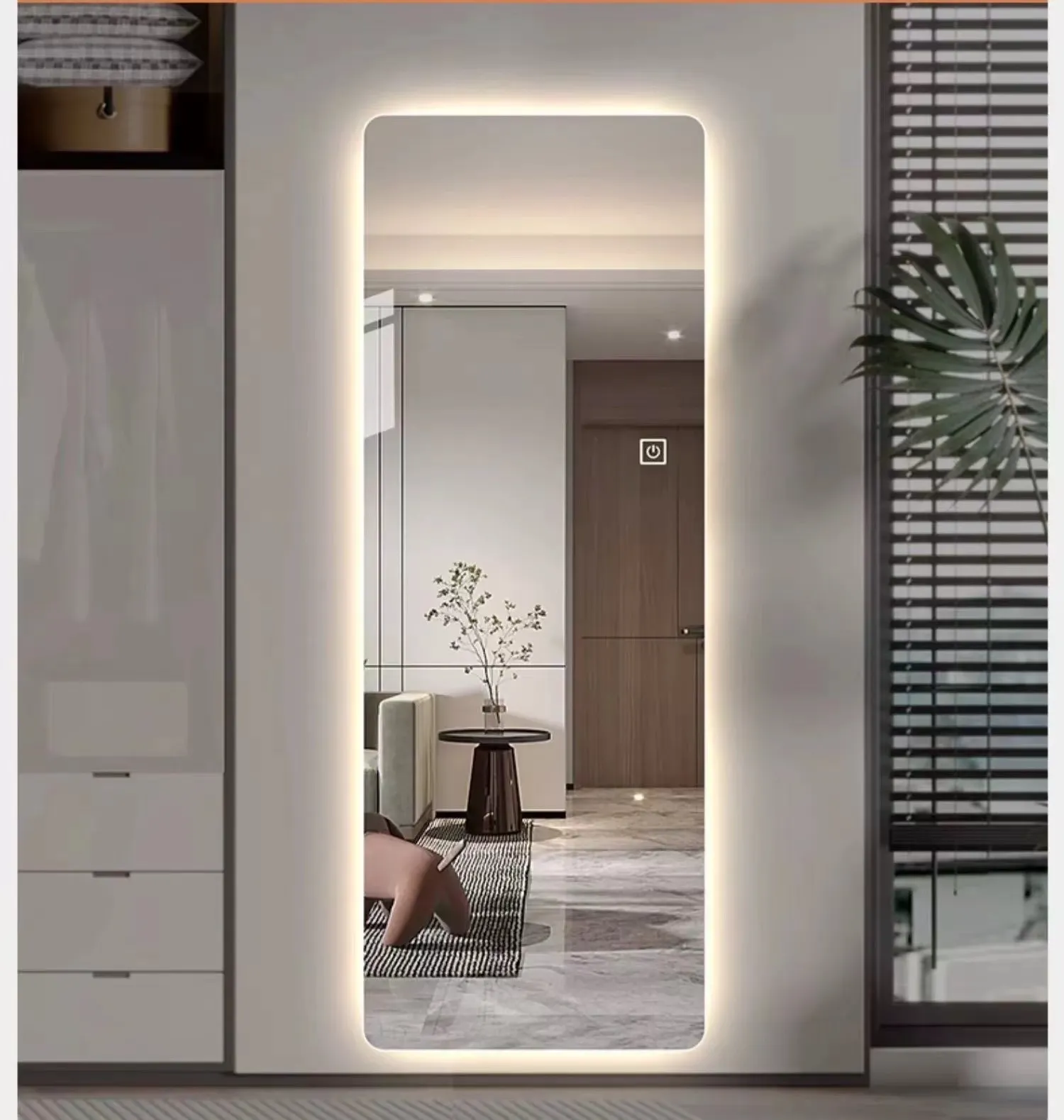

Semi-Reflective Glass A Modern Architectural Marvel
In the evolving realm of architecture and design, materials play a crucial role in shaping the aesthetics and functionality of structures. Among these, semi-reflective glass has emerged as a significant innovation, marrying beauty with practicality to meet the requirements of contemporary building designs.
Semi-reflective glass is characterized by its ability to reflect light while also allowing a portion of it to pass through. This unique property derives from a specialized coating that is applied to the glass surface, reducing glare and enhancing solar control without completely blocking visibility. The result is a versatile material that is widely used in commercial and residential buildings alike, ensuring privacy while maintaining a connection with the outside world.
Semi-Reflective Glass A Modern Architectural Marvel
Another significant advantage of semi-reflective glass is its aesthetic appeal. The reflective quality offers a sleek, modern look, enhancing the visual appeal of any structure. When sunlight strikes these surfaces, it creates a stunning interplay of reflections that can change throughout the day, providing a dynamic element to building façades. This not only enhances the architectural design but also contributes to the overall mood of the surrounding environment. Prominent skyscrapers adorned with semi-reflective glass have become iconic, often featured in advertisements for their striking visuals and contemporary appeal.

In addition to energy efficiency and aesthetics, semi-reflective glass offers practical benefits in terms of privacy and security. For buildings located in densely populated urban areas or those with high foot traffic, this glass can act as a barrier against prying eyes while still allowing natural light to filter in. It provides occupants with the comfort of privacy without sacrificing the advantages of daylight, making it a popular choice for office spaces, hotels, and health care facilities.
However, it’s essential to acknowledge some challenges associated with semi-reflective glass. For instance, while it reduces glare, there may still be instances where visibility is hampered due to the angles of sunlight or reflections from surrounding structures. Furthermore, improper installation may lead to thermal stress, which could result in cracking or breakage. Therefore, working with experienced professionals during the design and installation phases is crucial to harness the full potential of this innovative material.
The application of semi-reflective glass is not limited to commercial and residential buildings; it extends to various sectors, including automotive and transportation. Increasingly, manufacturers are incorporating this glass into vehicles, providing drivers and passengers with a comfortable experience by reducing glare and heat from the sun.
In conclusion, semi-reflective glass stands as a testament to the advancements in building materials that cater to modern architectural demands. Combining energy efficiency, aesthetic versatility, and privacy, it is transforming the way we approach design in various sectors. As architects and builders continue to explore innovative ways to enhance sustainability and aesthetics, semi-reflective glass will undoubtedly play a pivotal role in shaping the skylines of the future. The blend of functionality and beauty offered by this glass symbolizes the hallmark of modern architecture, creating spaces that are both compelling and environmentally responsible.